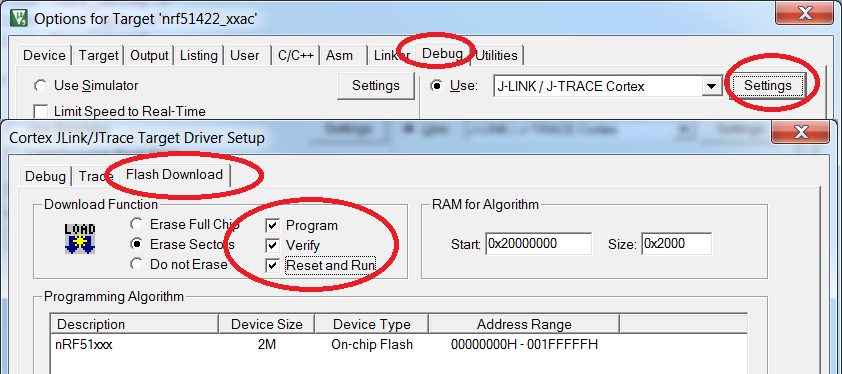Dear Nordic family,
I tried programming Raytac MDBT40 with the LED blinking code (taken from the example project of SDK 8) which worked with nRF51822 Bluetooth Low Energy BLE 4 and 2.4GHz Wireless Communication Module (purchased from exploreembedded).
Its getting programmed, but the LED is not blinking.
It there any extra software or hardware settings required for programming MDBT40?

